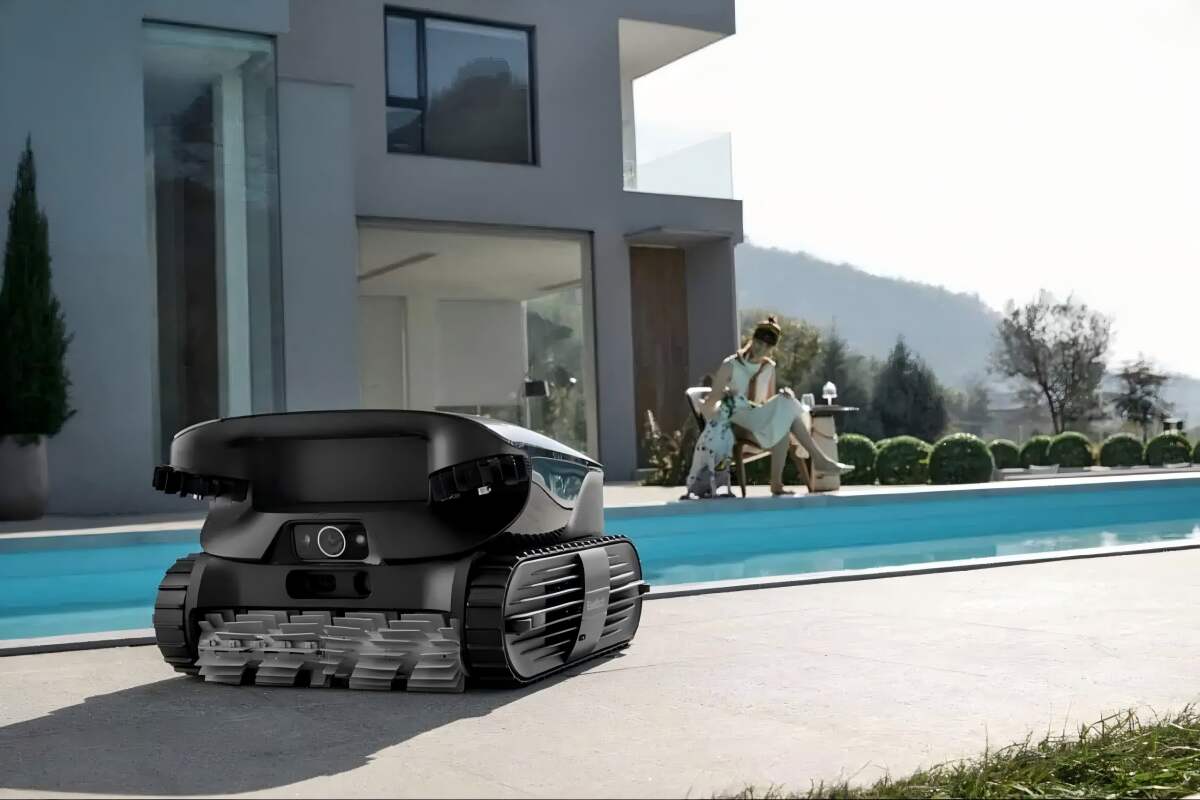There’s more to proper pool maintenance than skimming from the surface and vacuuming the water, so to speak, and it all starts with getting the chemical balance right. One of the most frequently asked questions I hear from pool owners is, “Why is pH balance in water so important?” If you already operate a robot pool cleaner to manage debris and surface grime, then knowledge of pH will help you to upkeep cleaner, clearer, and safer pool water.
Why Pool Water pH is Important
– PH: The level of acidity of alkalinity of your water, which is rated from 0 to 14. For pools, the correct pH range is 7.2 to 7.6. Anything beyond this nominal value will result in the discomfort of the swimmer, damage of the equipment and chemical inefficiency.
Look, so maybe your pool looks clean courtesy of a pool was robotic pool cleaner or pool vacuum robot but unbalanced pH levels can create hidden problems that physical cleaning just won’t solve.
Effects of Unbalanced pH
- High pH (Above 7.8)
- Cloudy water
- Limescale stains on tiles also on Pool Equipment
- Lower Efficacy of Chlorine
- Skin and eye irritation
- Low pH (Below 7.2)
- Water that is corrosive, which can etch metal fittings and corrode vinyl liners
- More eye and skin irritation
- Unstable water conditions
Pool or skimmer vacuum cleaner will help remove debris at the surface, but without water balance, long term safety and sanitary conditions cannot be guaranteed.
The Role of a Robot Pool Cleaner in Water Chemistry
A robot pool cleaner doesn’t actually adjust pH itself, but it provides that means by which pH can be maintained by taking contaminants out of the water, which can affect the water chemistry. For example:
- Also takes out organic matter to modify the pH
- Reduces algae growth, particularly in pool cleaner models that climb the pool walls
- Supports uniform water movement when paired with a pool booster pump
Beatbot AquaSense 2 Ultra, Beatbot AquaSense 2 Pro and Beatbot AquaSense 2 is the most advanced pool-cleaning robot which makes cleaning even more efficient and helps to maintain the chemical balance in the water, by keeping the surfaces spotless without pH disturbing build-up.
How To Re-Balance pH In Pool Water
To fix pH imbalance:
- Test the water with a pH test kit or digital reader.
- Treat for alkalinity first, using sodium bicarbonate if required. This stabilizes pH changes.
- Use pH increaser or pH reducer as needed.
Apply chemicals while your robot pool cleaning or swimming pool robot cleaner is operational to ensure even mixing.
Should there be a major chemical discrepancy in the water, you may have to familiarise yourself with the acid wash pool process to restore the affected surfaces exposed to scale or algae buildup.
Algae and Water pH
If the pH is out of balance, the sanitizer may not work as efficiently and this can cause algae. And while using a maytronics pool cleaner or some other type of pool vacuum for algae will certainly assist with removal, keeping algae at bay is far easier with good pH management.
And yes—does a pool robot get algae? Absolutely. Just get one that includes scrubbing brushes and a fine filter system for smaller particles.
When to Draining a Pool Because of pH Issues
For more extreme cases, the pool water may need to be drained. If you don’t happen to have a pump, here are the steps to drain an inground pool without a pump:
- Use a garden hose to siphon water down hill.
- Control flow to prevent structural problems.
- Top up plaster pool with fresh water and test pH promptly.
- Afterwards, you can do the full clean with your robotic pool cleaner to kill any leftover debris.
For more informational blogs visit Mywebinsurance.
Conclusion
So, what does pH balance mean in drinking water anyway? It is necessary for safe swimming, effective maintenance of pool, and to prevent pool equipment from corrosion. Although your Beatbot pool robot cleaner (such as the Beatbot AquaSense 2 Ultra, Beatbot AquaSense 2 Pro, or Beatbot AquaSense 2) will always keep your pool visually pleasing, only perfect pH balance can ensure the long-term health and safety of your swimmers and equipment.





